Are Frixion pens safe to use on quilts?
Frixion Pens are heat erasable pens that have become a popular marking tool for fabric, but are they safe to use on quilts? There has been much debate and discussion about this, so I did some research and experimentation of my own. I don’t have a “yes or no” answer for you, but I do have some great information to share so you can make a mindful decision for yourself.
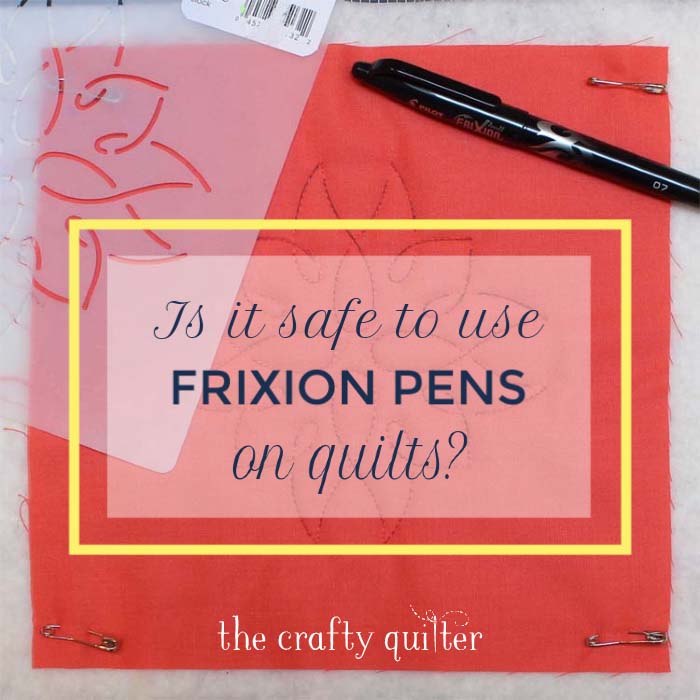
What is a Frixion pen?
First, let’s talk about Frixion Pens in general. These pens are made by Pilot and were designed to be used on paper and erased with an eraser. The friction formed from the eraser and the paper creates heat which causes the ink to disappear. The ink is comprised of two parts: gel ink and thermo ink. The thermo ink makes the gel ink disappear, but the ink remains although it’s invisible. I found an excellent, in-depth article about Frixion Pens by Jenny at The Quilt Skipper. Jenny spoke with a representative from Pilot and shares some great information; the comments are worth reading, too.
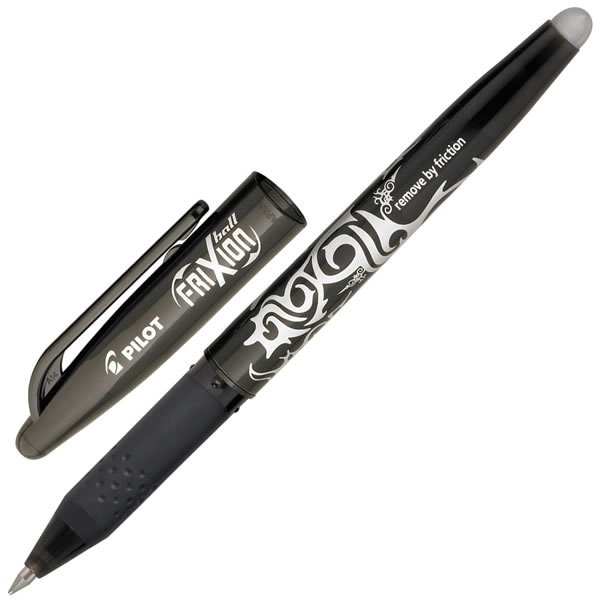
Quilters have latched onto the Frixion Pen as a great way to mark quilts because they disappear with heat. All you need to do is iron your fabric and the marks disappear! Something that easy is too good to be true. Yes indeed, the marks disappear, but several other things can happen.
- The marks will come back when exposed to extreme cold. I’ve heard a few horror stories where competition quilts were shipped on a plane and when they arrived at their destination, the marks had all come back. The cargo compartment of planes can get very cold!
- The marks leave a “ghost” behind which looks like a vert faint white line. Several factors that can affect this ghost are the type of fabric used, whether you prewashed the fabric and whether you used starch or not. I’ll elaborate on this in a little bit.
In order to remove the marks completely, you need to use a spot remover. Two products have been proven effective by Pilot: Amodex Ink & Stain Remover and Mötsenböcker’s Lift-Off 3. Regular laundering will probably not be strong enough.
My own Frixion pen experiments
I decided to test a black Frixion Pen on a solid piece of quilting cotton from RJR Fabrics. I made four different samples from my fabric: unwashed & unstarched, unwashed & starched, washed & unstarched, washed & starched.
I used a stencil and drew a design onto each fabric square using the Frixion Pen. The lines are darker on my first sample. I think my pen wasn’t very fresh, because I had to go back and forth over the same line to get it to show well. This seems to be a common problem with these pens – they can dry out quickly (in my experience).
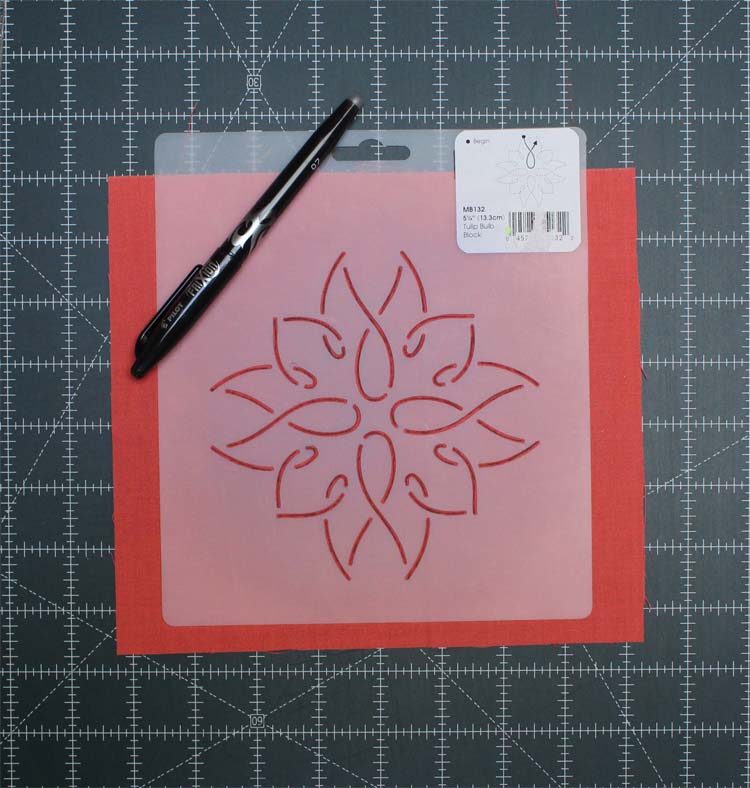
Next, I took each sample to my wool pressing mat and ironed the marked fabric using a cotton setting, no steam. I found that each sample left a ghost (faint white line), but the ghosting was most noticeable on the unwashed and unstarched sample.
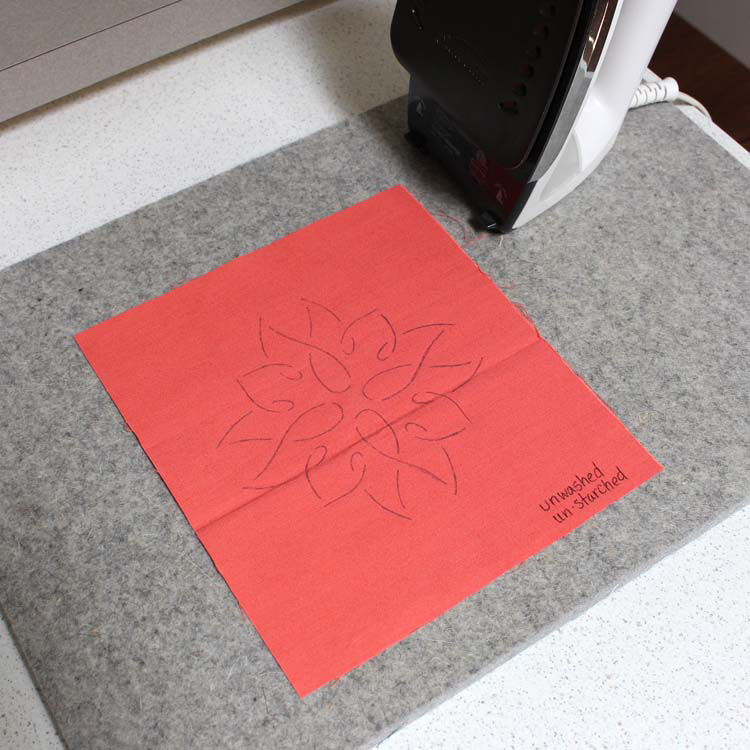
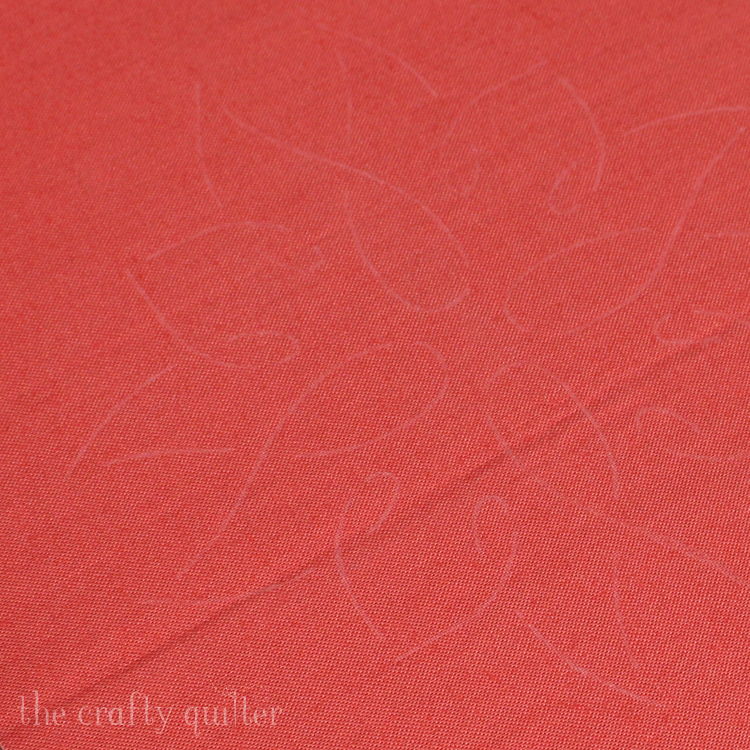
Below is the unwashed and starched sample after ironing. You can still see some ghosting but it’s not quite as noticeable as the unwashed and unstarched sample.
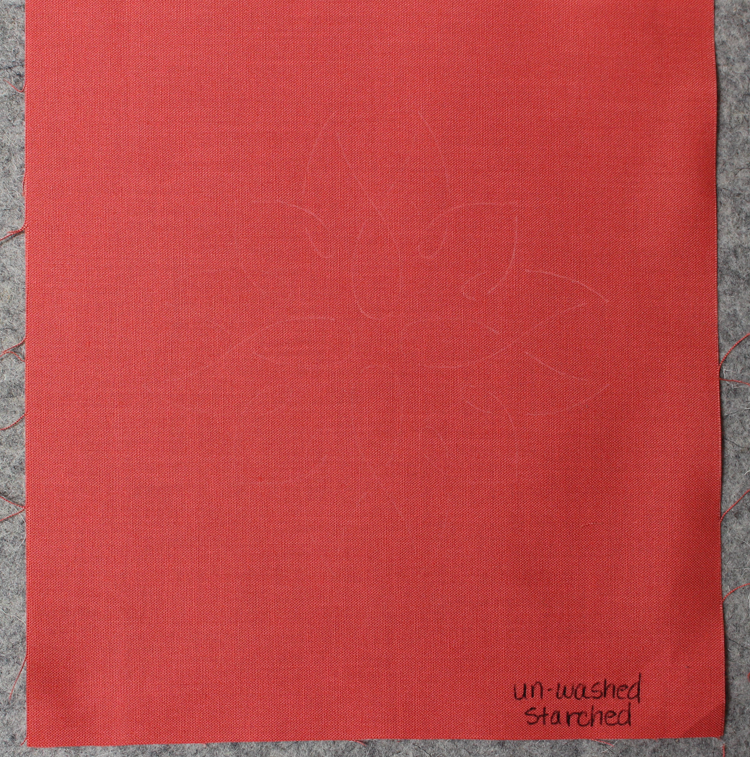
Next we have the washed and unstarched sample. The ghosting is minimal and hard to see.
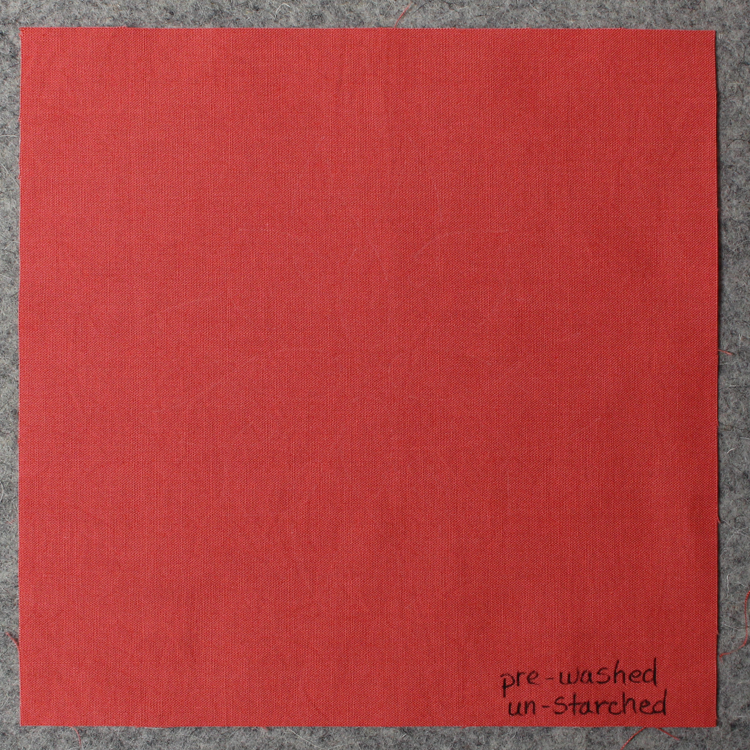
Finally, the washed and starched sample has the least amount of ghosting. The photos don’t show the results as well as the naked eye. You’ll have to trust me on this one.
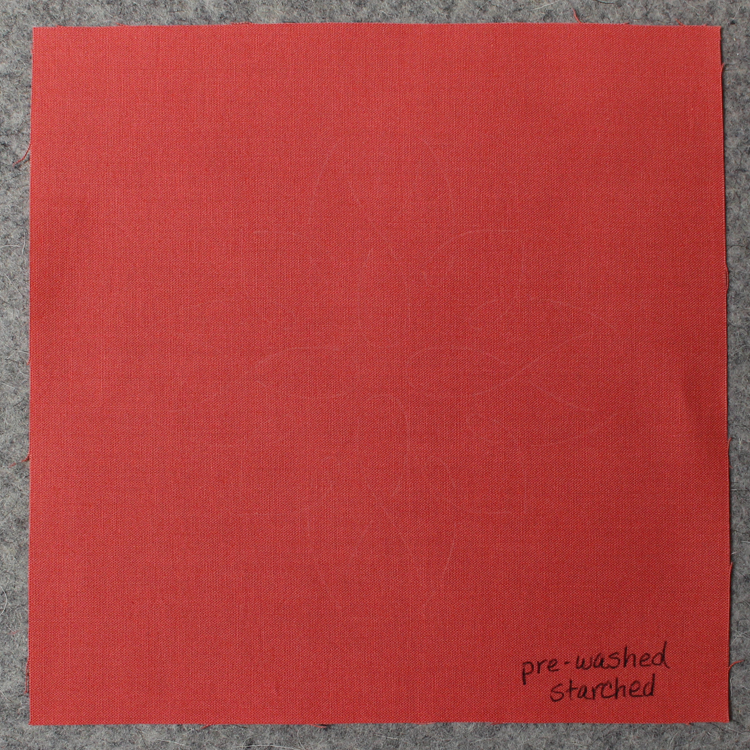
Next, I put each sample in my freezer for 30 minutes to see if the marks would come back. The marks on the unwashed and unstarched sample came back the most, followed by the unwashed and starched sample. The pre-washed samples barely showed after freezing.
In terms of fabric preparation, it seems that the pre-washed and starched fabric has the most resistance to ghosting from the Frixion Pen. Perhaps the starch creates a barrier? This does not mean that the ink has been completely removed, but it’s definitely the least noticeable. Other factors that may affect the outcome is the fabric manufacturer and type of material used.
My own thoughts on Frixion pens
After all is said and done, I still have a Frixion Pen (or two) in my tool box. I like using them to mark diagonal lines for half-square triangles and stitch and flip techniques. They go on easily, you can see the line well and they disappear after pressing. Since I’m marking on the wrong side of the fabric and the mark is in the seam, I’m not too worried about it showing up later.
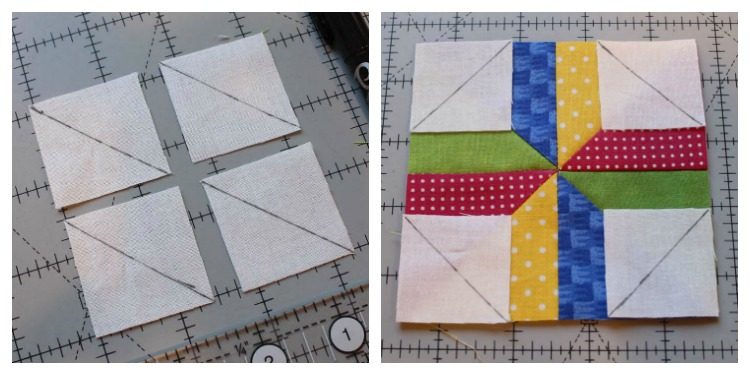
Another good use for Frixion pens is to draw embroidery lines that will eventually be covered with floss or thread. I sometimes use a gel ink pen when I’m in a hurry (instead of embroidery), and I like drawing the stitching line with a Frixion pen first, just in case I mess up. Once I’m happy with the line, I’ll trace over it with a Pentel Gel pen for fabric, as you can see in my quilt block for Save The Bees.
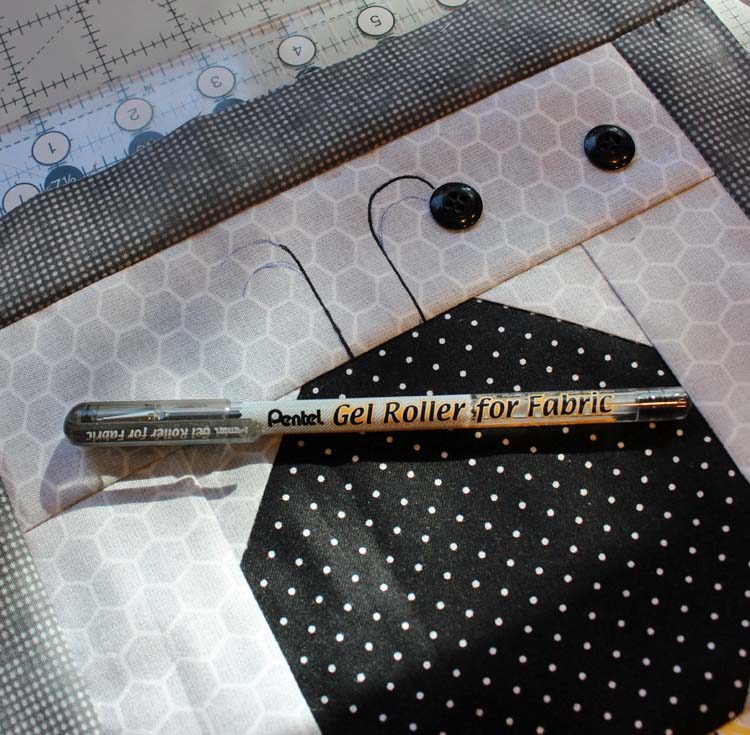
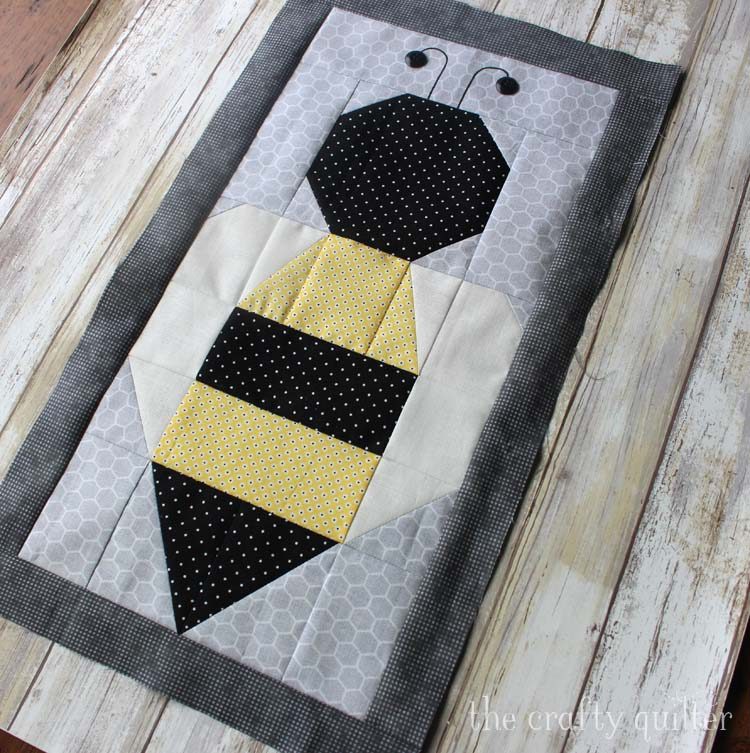
If you want to use a Frixion Pen to mark quilting lines for free motion quilting, the ghost marks are hard to see underneath the stitching. I tested this out, too. I quilted a sample that was unwashed and unstarched, so there was definitely a ghost there, but it’s very hard to see it.
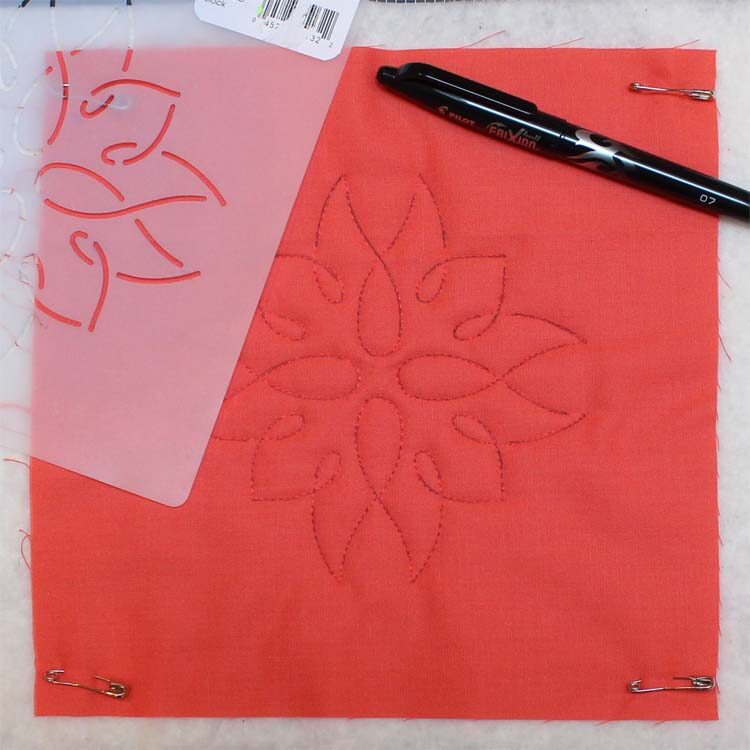
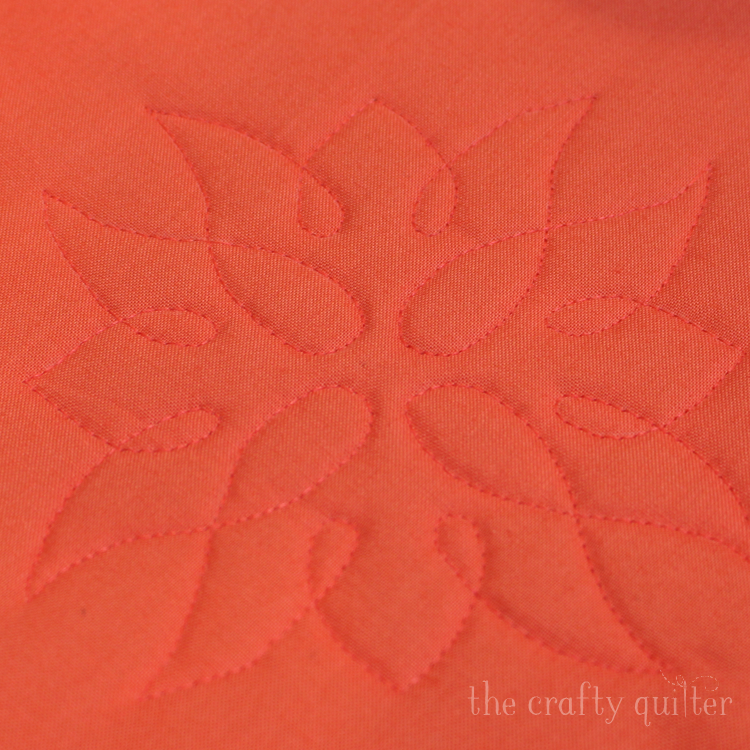
I would be wary if you were creating a competition quilt or an heirloom quilt and using Frixion Pens for marking any stitching lines. It’s not worth the risk. Also, these pens have not been around long enough to know how they will affect the fabric over time. Will they cause deterioration after 50 years? Who knows, but time will definitely tell a story of its own.
Other marking tool options
I know there are many marking tools available that are great options for quilters. Here are some that I’ve used:
- Hera marker
- Water-soluble pen (one of my favorites)
- Air-soluble pen
- Chalk pencil
- Crayola Ultra-clean Washable Markers
- Soapstone marker
- White marking pen (soluble)
- Mechanical pencil
- Fabric pencil
- Water-soluble pencil
- Masking tape
I’ve been hearing a lot of good things about the Crayola Ultra-Clean Washable Markers. Quilters have been using them with great success. They come in a rainbow of colors, go on easily and wash out completely. I just bought a package and will be trying them out soon.
I hope this information has given you a little more clarity on using Frixion Pens (or not) when quilting. I will continue to use them for certain techniques such as drawing stitching lines for HST’s, etc. I prefer using blue water-soluble pens for marking quilting lines (but always test first on your project). How about you? Do you have a favorite marking tool?

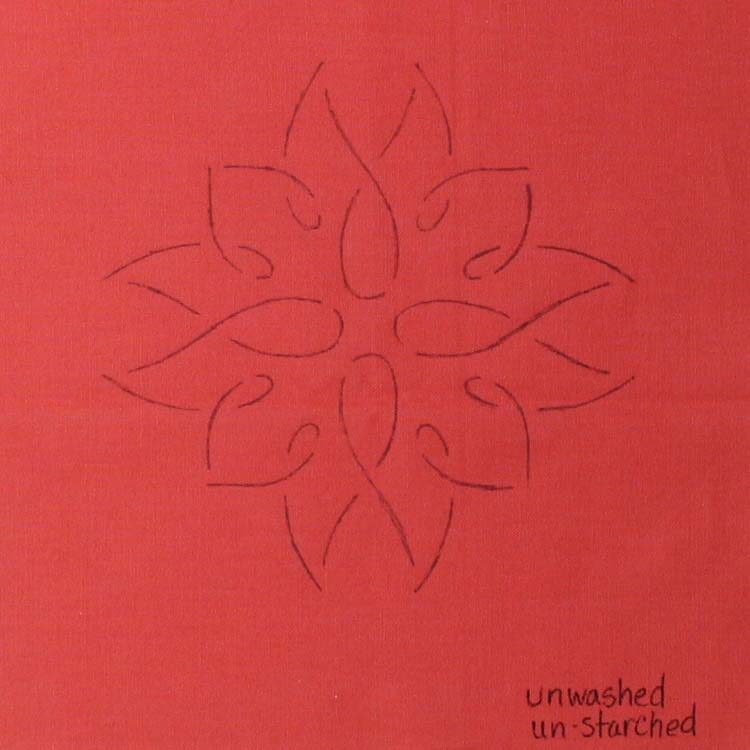
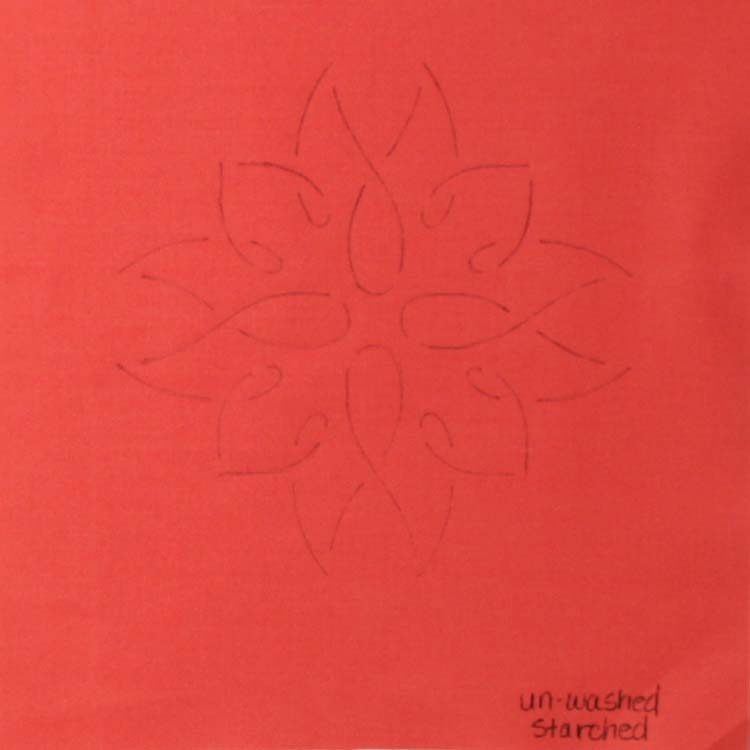
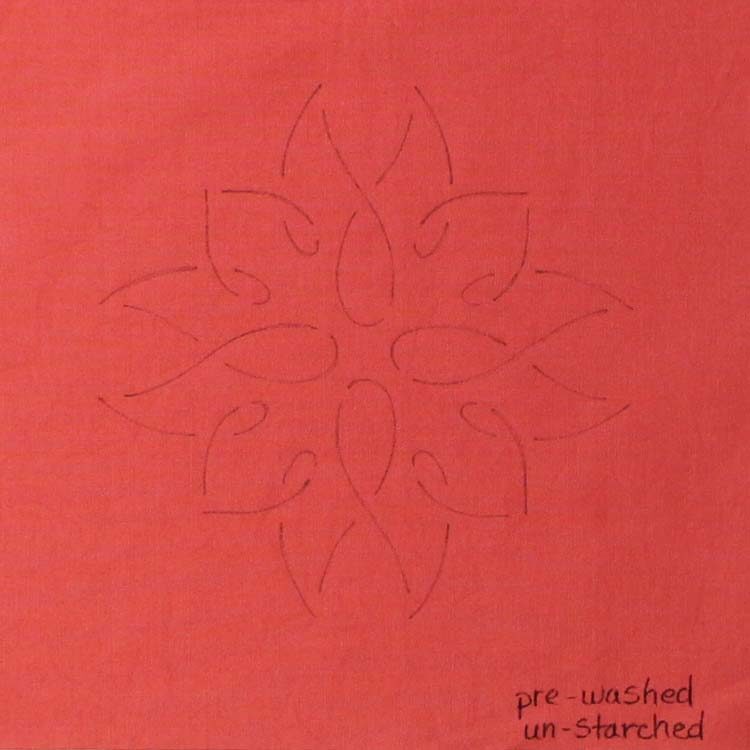
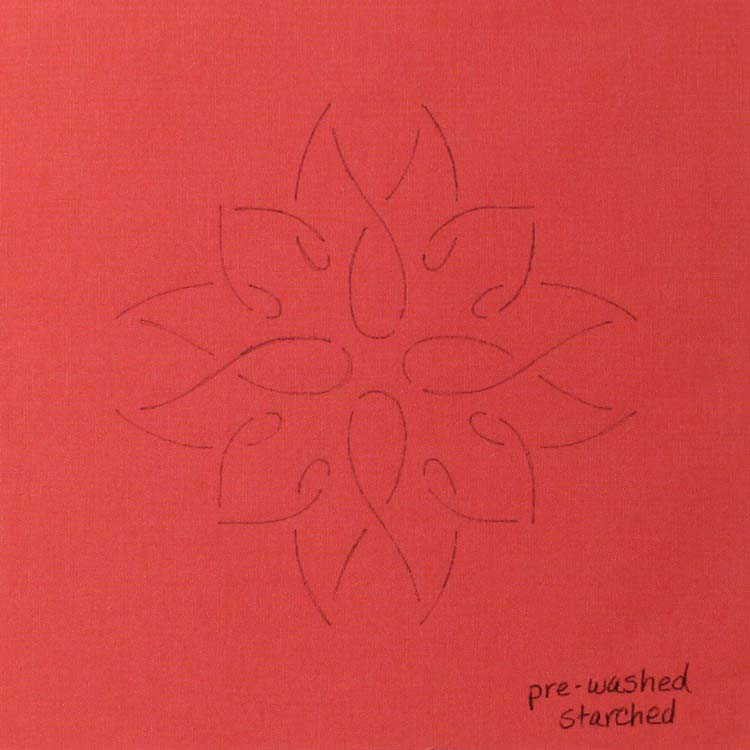
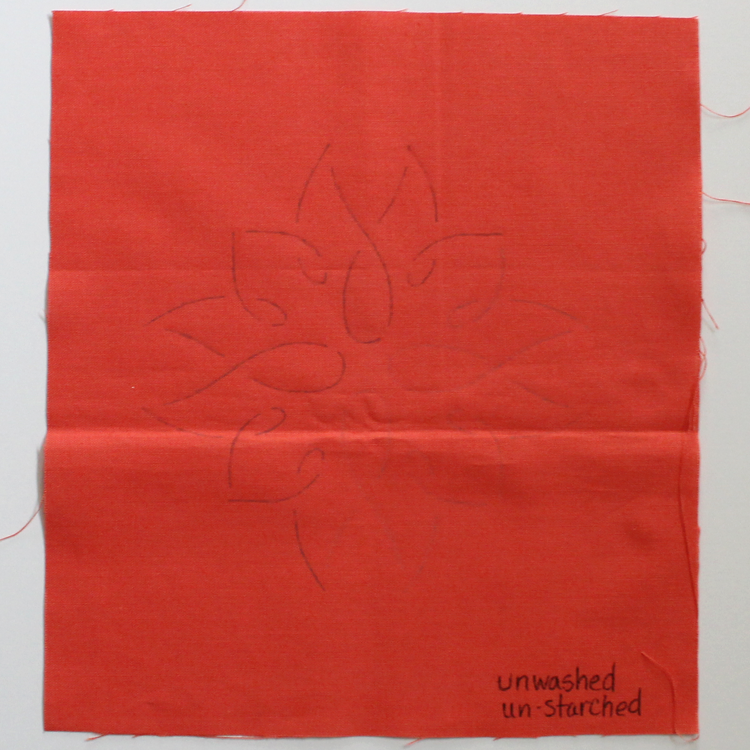
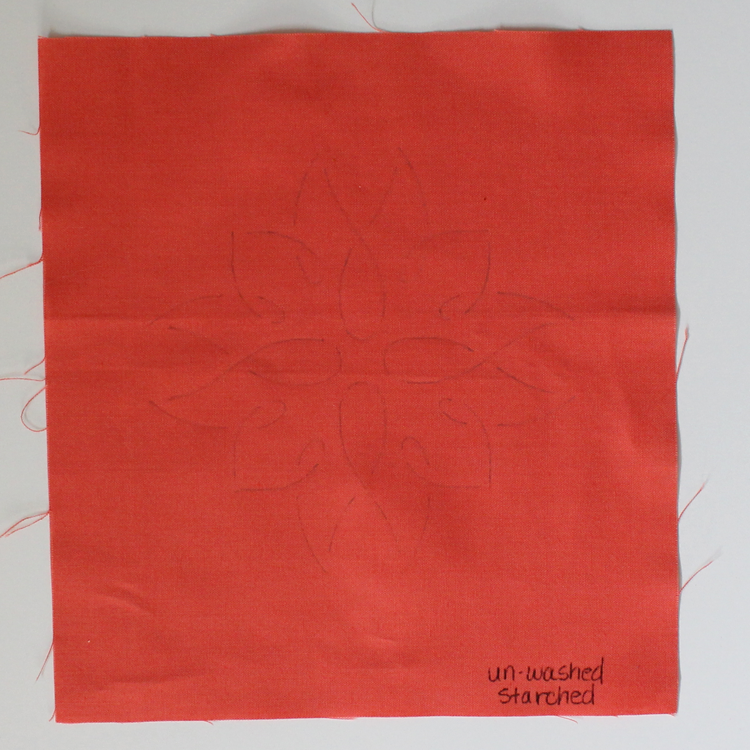
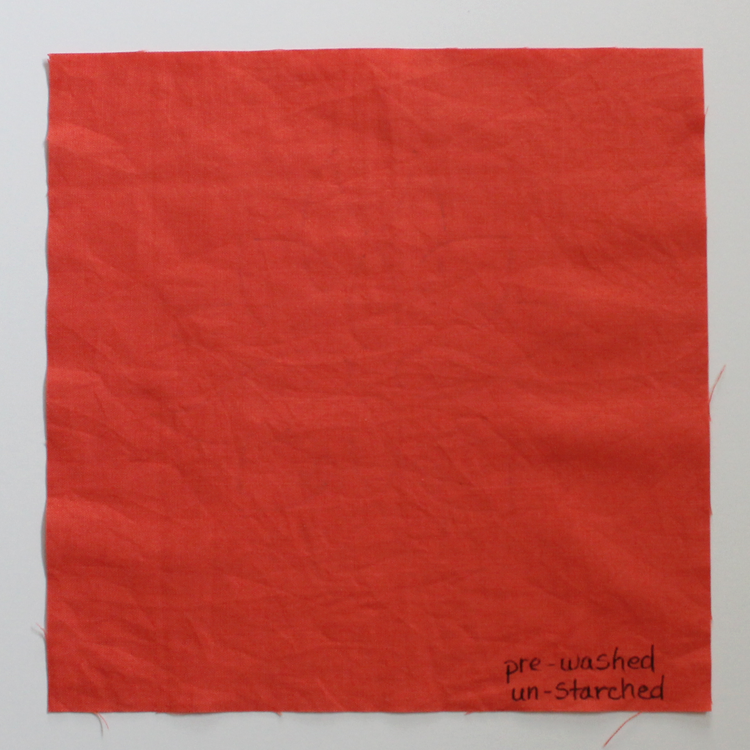
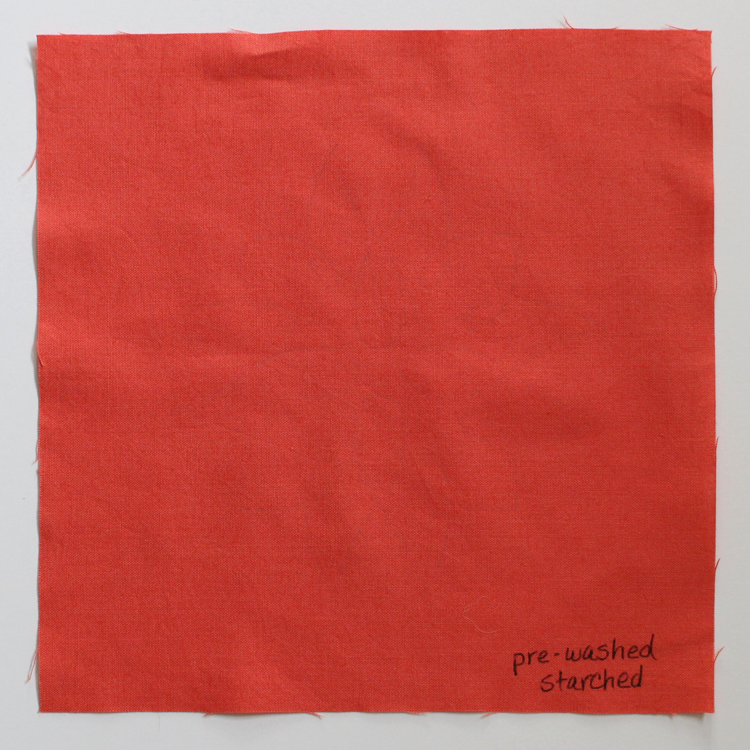
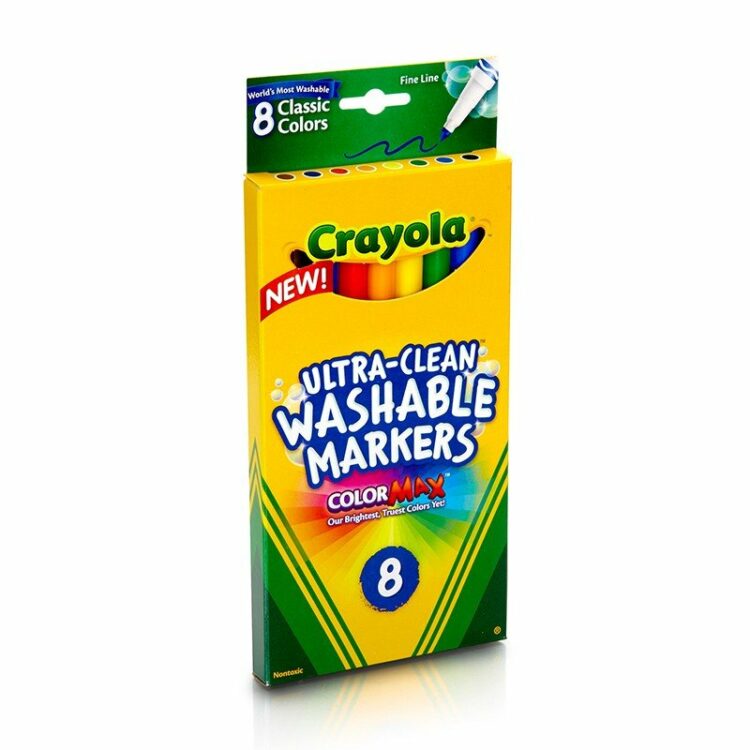
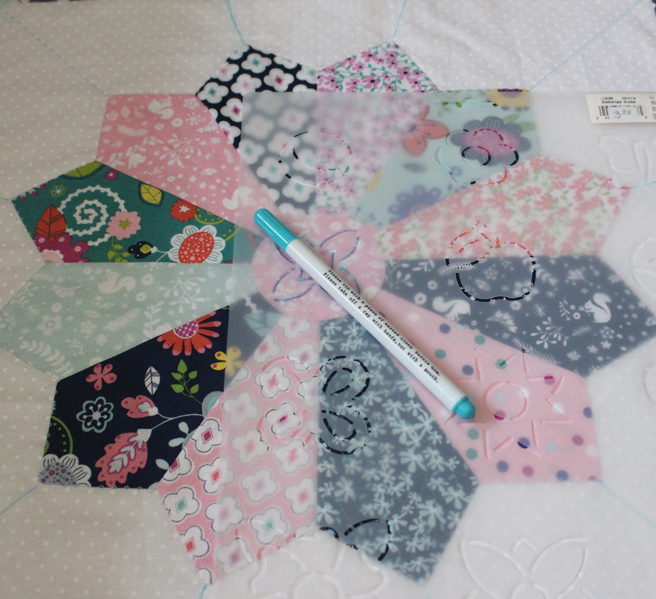
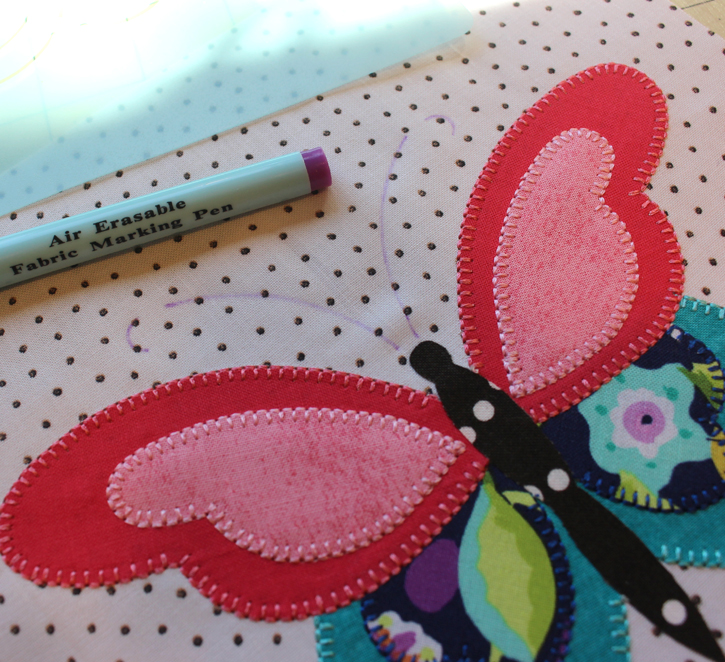
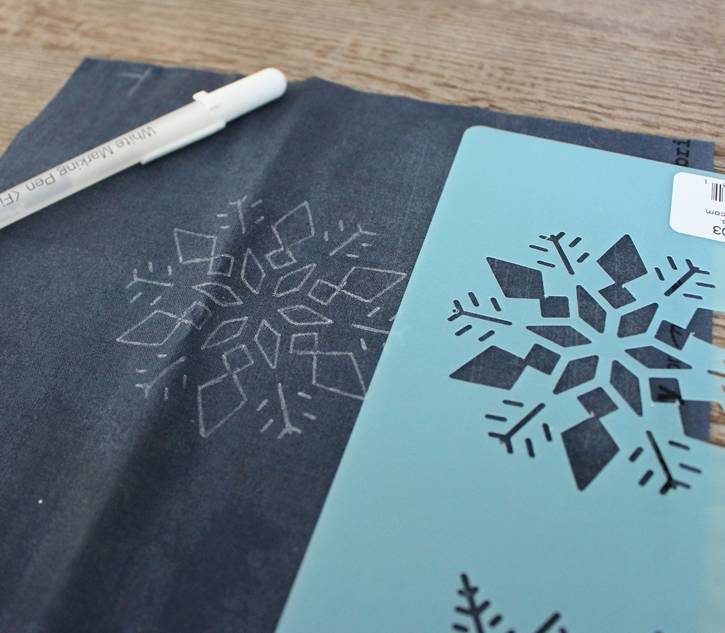
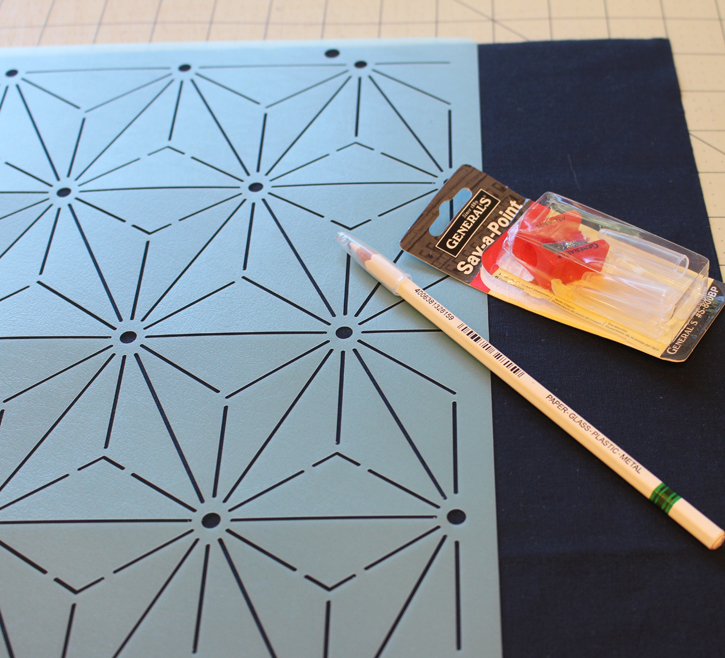
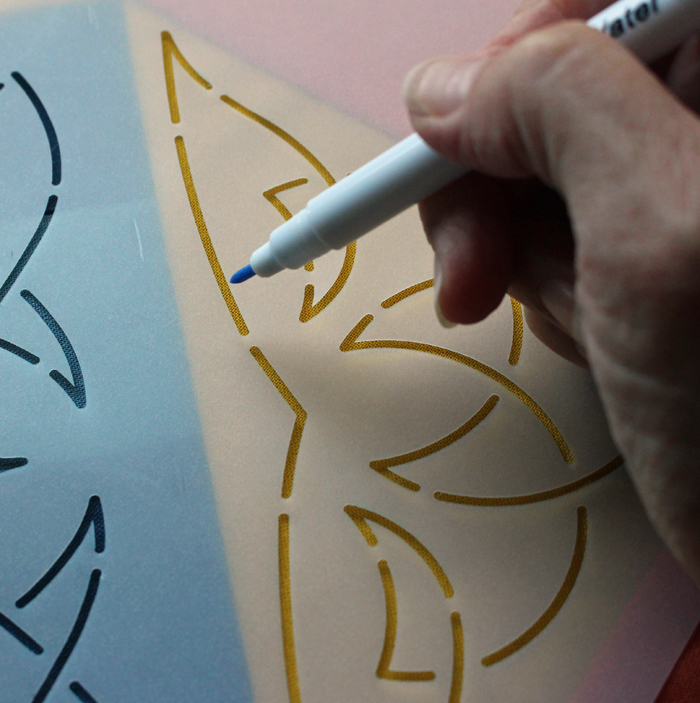
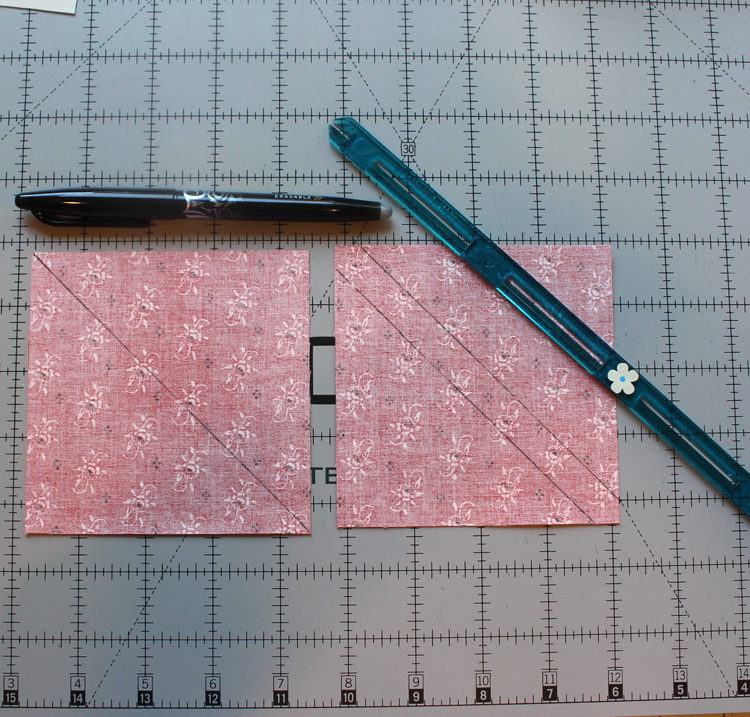
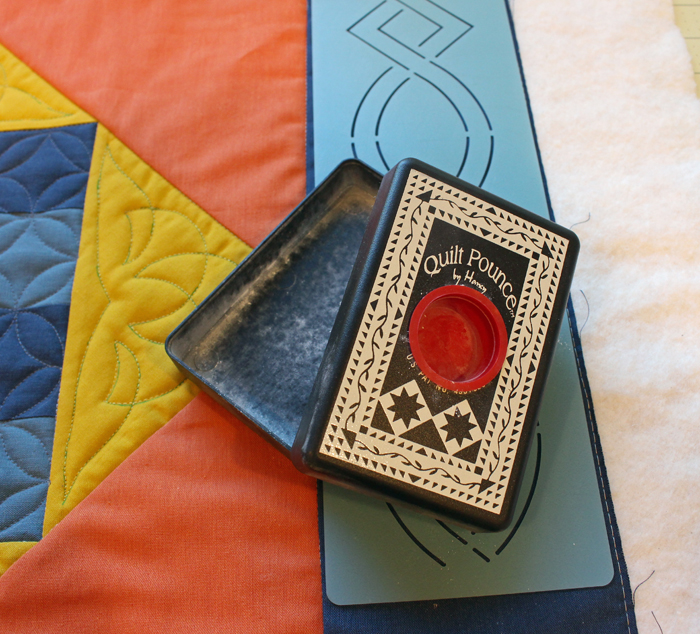
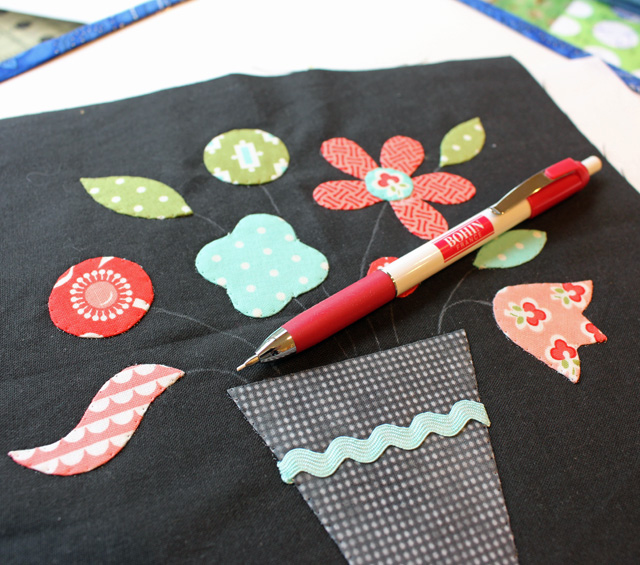
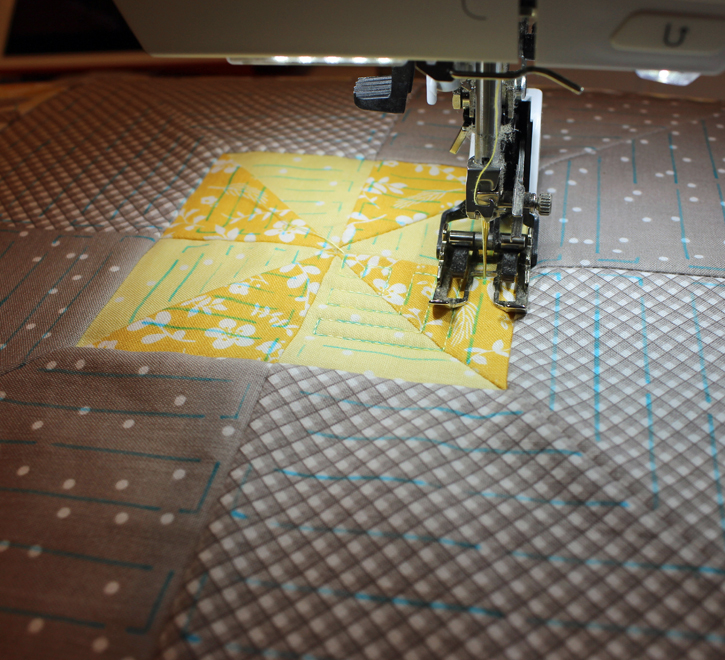
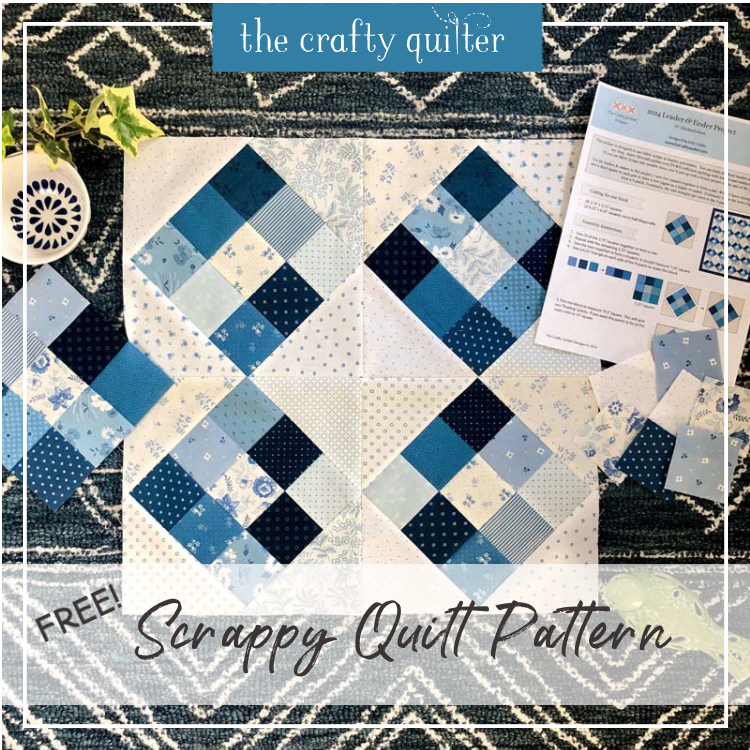
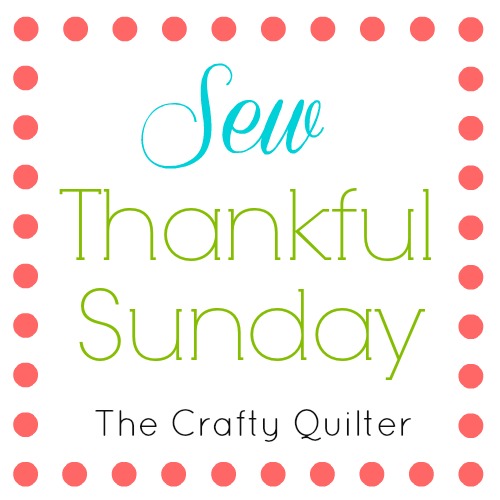
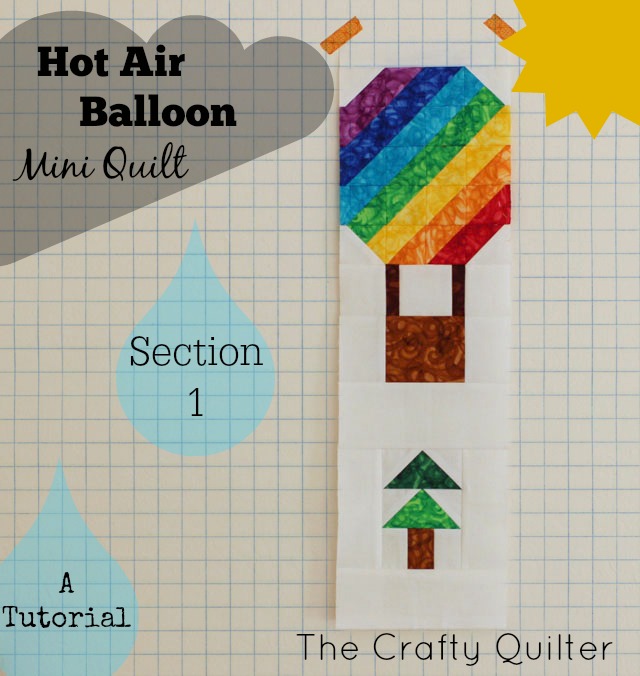
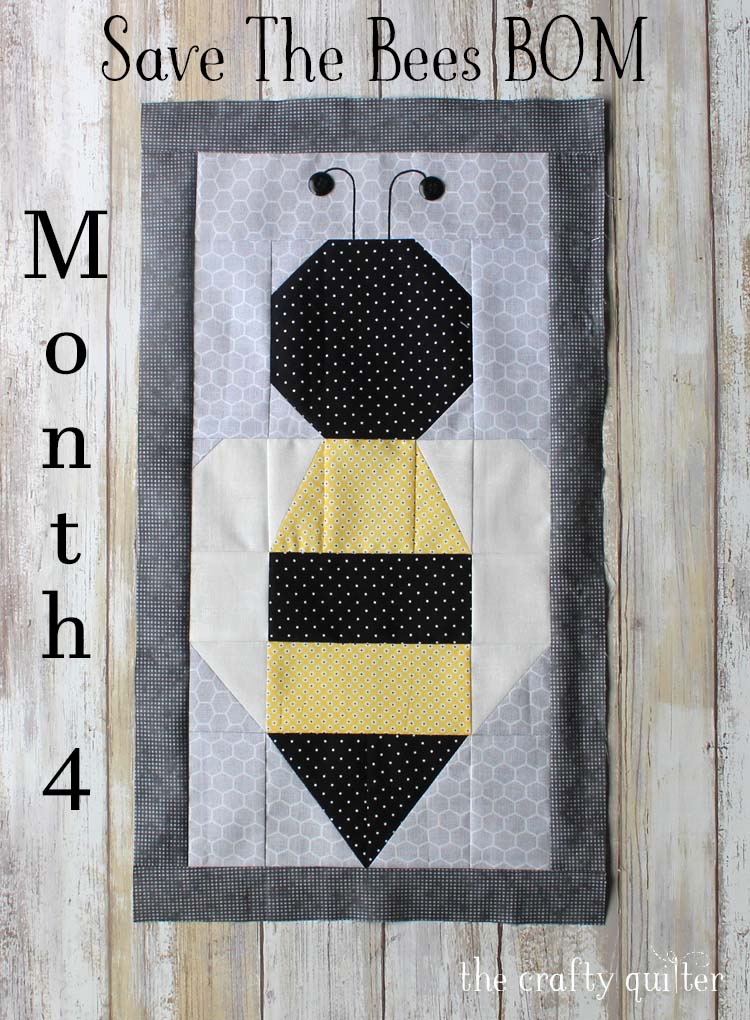
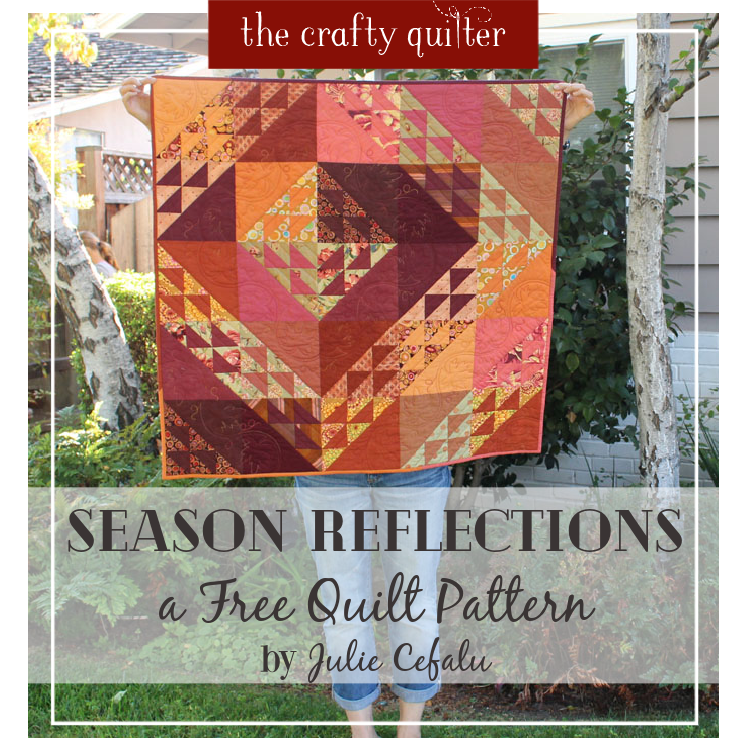
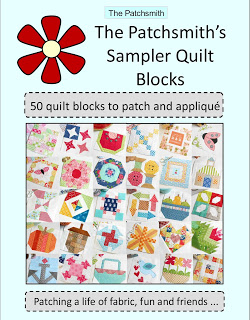
Omg, I think my beautiful wall hanging my be ruined as the purple frixion pen I used to make a small dot for design centering….BLED! I now have a purplish stain on my white background. I don’t think I’ll ever use a frixion pen again! Totally disappointed and upset after spending a lot of time on the piece as well as quilting time!
I use Frixion pens all the time and yes they ghost and do return in cooler climate until I wash my quilt. I wash on gentle cycle, cold water with 2 Tbls. of Dawn dish soap and have not had any trouble with ghosting or returning marks in cooler climate.
Thanks for saying that. That was my question, once it is washed it’s good.
It depends on how it was washed. Do not use frixion pens where it will show and you won’t have to worry.
You did a great deal of work on our behalf, thank you so much!
I like the Frixion pens because they’re a fine point, but I don’t use them if/when there’s a risk of visible ‘ghosting’. They ARE terrific for marking stitch lines when piecing HST’s but I’m spoiled, my machine has a laser guide so I just dot the start and the end of each HST then stitch away. I also use Sewline chalk pens; the white is great for use on dark fabrics and is erases easily. I like Adger Chaco Ace Pens too. They have a thicker point than the Frixion, they tend to partially fade out in a few minutes and you can blot out mistakes with a damp cloth. The Chaco pink and blue colors are great, but the white is useless, it doesn’t work at all. Either that or the one I got is defective-I don’t know. Lastly, I bought the Crayola washables and have tested them on scraps, trying to blot them away with a damp or wet cloth. It seems to work well so I may start using them to mark for FMQ.
Again, thanks for your help – you’re a gem!
What happens if you iron over the Crayola markers? Does it “set” the ink or does it still come out in the wash. thanks!
Great article on marking pens, Julie.
Thanks so much.
Simple matter: they were never intended for use on fabric and, as such, you are taking chances by doing so. So why risk it when there are SO many options out there INTENDED for marking on fabric??
If you don’t care, then have at it. Personally, if I’m putting that much work into something, I’m not going to ruin it or even RISK ruining it when I have options.
Thanks for the great information! I must share the crayola washable markers have worked well for me, EXCEPT for the yellow, not sure why I had problems with that pigment color but it didnt wash out well.
I do no like frixion pens because of the reasons above. I do use Crayola Ultra-Clean washable markers and they work great! The only time I found I had trouble with it washing out was when I stitched over the same line a few times.
Fantastic comprehensive article! Thank you so much <3
Thanks for this very informative post and your valuable research into Frixion pens. I had heard that they could reappear so have been reluctant to use them on my quilts. Chalk pencils continue to be my go to for fabric marking. Thanks for being our “go to” for valuable quilting information!!!
I used a Frixion pen on washed, unstarched fabric for FMQ – and the lines appeared on the quilt which had overwintered in our rv. Since then, I’ve been looking at a variety of markers and using Friction only for marking seam lines on the back. Thanks for this research!
Thanks for doing this research, Julie! Like you, I do like to use my Frixion pens for marking HSTs but not quilt designs. I use a blue water soluble or purple air soluble pen for that! I have used the Crayola markers and have had no problems with them.
Excellent article! You have confirmed what I thought was the case with these pens. We should always test our marking tools!
Great article. I have done several Frixion pens, and I have had trouble with ghosting on black and dark blue fabrics. I think I’ll be changing to the water soluble blue pen for marking quilting lines. I do used tape, but it has a tendency to come off while I’m quilting. Thank you!
Thanks for the QA testing and research 🙂 Like you- great for HST–always on the backside. Plus most of my fabric is light or white, I have noticed they do dry out quickly! On red or other colors i have a white and yellow chalk pencil thing-but i have also heard stories about this on fabric too. (yellow one) I have a little of everything for marking (I don’t have a herrra tool yet), and esp for towels and things I machine embroider on I do use water soluble pens.
Thanks for the info. I’ve only used them a few times because they came in the Sew Sampler box. I prefer the blue water soluble pens, especially for quilting lines.
Great info, and I’m going to look for those crayola markers! I like the blue water-soluable pens, too. I also love my chaco liner in white; I never have a problem with the chalk not washing out. I use the frixion pens as you do, mainly to mark diagonal lines for stitch and flip.
Great information! The hera and I are not friends. I prefer chalk or the sewline pencils as much as I can. I do use the washable blue too. i have yet to try the crayola. Thanks for all your research!
I’ve had the same ghosting with Frixion pens. I do love them, but only for use on paper. I like them especially for pattern calculation and to do lists. I have even been known to iron the paper so that is it “blank” and I can use it again. BTW, I use the crayola all of the time on quilts, marking for hand quilting and have never had a problem with the marker washing completely out. With the markers, though, be sure to get the finest nib you can find. The thick nibs leaves such a wide line that it is difficult to figure out where you meant the line to be.
As always, a great article. Your testing was very thorough and I agree with you conclusion. A friend of mine bought a pattern called Three Sheets to the Wind while on an Alaskan cruise. It showed three Eskimo women hanging their sheets on a clothes line. She marked her quilting area with a Frixion pen. The AC in the room where quilts were hung for a show was so cold, all her drawn lines reappeared. Not good! Everyone needs to be aware.
You did a lot of research on this and I found it really helpful. I have avoided these pens due to word of mouth and now I really know why.
When I used the washable marker to mark quilting lines on a quilt that was spray basted and then sat for a week before it was bound and washed, the markings did not wash out and I had to treat the stains several times to make it acceptable. So please be careful if you spray baste.
Thanks for sharing that. Good to know!
Thank you so much for the information on this post, it is much appreciated. My questions is, what kind of machine do you use for your free motion quilting or just quilting in general? LA or home sew machine and if it home sew what brand are you sewing with? TIA
Hi Bobbie,
I do most of my free motion quilting on my Bernina 770QE. I also have a Juki 2010Q that I use for straight stitching and for FMQ. You can find more information about my sewing machines at http://thecraftyquilter.com/2014/05/lets-talk-sewing-machine-recommendations/
I just love getting one of your e-mails. They are filled with so much information. I’ve always wondered about the Frixion pens and now I know. I will still use them but only on projects that won’t show the marks. Thank you for all the time you devote to making sure we receive the best news.
Thanks fir the great information. I create only for nyself and family so I have not had worries as again, like you I sew right over the lines!
A very informative post. Thanks for doing all the work!
Thanks for all the information about the pens. I also have used them and found them to not always disappear… I will be much more careful from now on!
I’m not a big quilter, and I use Fixion pen, so, thanks U very much for this brilliant info.
Thanks for sharing this. Very good information.
What a fantastic post! I did a very simple test on my firxon pens by putting them in the freezer after I washed my test samples, but you did a more extensive test! Thanks for all your info and work!! Hugs, H
Thanks, Julie, for a very informative post. When I first saw Frixion pens, I was going to buy a whole set. Fortunately, I only bought one, which I never used. How glad I am! With my luck, I would have ruined a whole quilt!
Although I have other marking tools, my favorites are the disappearing blue pens, and Clover chalk wheels. I also bought the Crayola markers, but haven’t tried them yet. Thanks for an informative post! I don’t think I need the Frixion pen in my tool box. 🙂
Fantastic information. I like using a Hera, especially for straight lines.
Julie, you must have the patience of Job, going through all of those samples just for us lazy ones who would NEVER take the time for doing all that!!!! Thanks you for ALL you do for us!!!
I have decided that I just wasted (scarce) money for a whole set of those Frixon pens!!!! They will not be used on my quilts again!
Very helpful article. I’ve been wary of the Frixion Pens as well.
On the back of fabric I use frixtion pens. On the front Clover Chaco pens.
I use frixtion pens all the time on the back of fabric. If I need to mark the front I use clover Chaco liner.
Hi Julie, thanks for sharing your views on Frixion pens. I have also been wondering about how the material will look in 50 plus years! Your photos are excellent, and it was a very helpful explanation. After you have used and tested the Ultra-Clean Washable Markers, I hope you will share some thoughts on those as well. I have not tried them myself. Have a wonderful Mother’s Day tomorrow!
I’ve done some experiments with white fabric, which naturally has no ghosting. I would iron the marks off, wash the sample in the machine, then put the sample in the freezer. Most of the color came out in the wash, but a little came back, even after two washings. It’s so frustrating that these don’t work, because it would be nice to iron binding away from the front of the quilt before stitching the back, but you can’t with any other type of marker, because it will set the mark so it won’t wash out.
Thanks for adding to our Frixion knowledge.
Great discussion! Thanks Julie! Yes, I still like the blue washable.
I use the blue wash out pens like Mark B Gone I have used them for what seems like 20 years now and have never had a mark come back – o dark fabric I use a white chalk mechanical pencil
Thank you so much for all the great information. I just got a couple of frixion pens but think I will save them for marking where I’m sure they won’t show.
Many thanks Julie for the time and effort you’ve put into researching the results of the Frixion pens, most enlightening. Unfortunately here in Argentina there are no options such as air erasable, etc. so we have to make do with Frixion. Hope some friend travels to the US and can bring some alternative down. Really look forward to your posts. All the best!
Julie, you may have covered this in your article- I have heard a number of times that when a quilt is exposed to cold climates, the frixion pen marks will ‘re-appear’. I haven’t tried putting a sample in the refrigerator, but if someone is making and gifting a quilt for someone in a cold climate area, then this maybe a consideration, to use or not to use. I’m a fan of Frixion Pens. Thanks for covering the issue. Another reason to prewash fabric- another topic, for another day.
Thank you so much Julie! What a great post! When I really need a marker, I like water soluble blue, chalk, or hera. I prefer not using markers and therefore, am not as accurate, I’m sure. I just don’t like to worry about staining my quilts! I always love your posts and I’ll be waiting to hear about the Crayola!
-Jean ❤
This is an outstanding post Julie!!!! Thank you for the information.
Excellent information for us Quilters. I will share this with both my quilt groups. Luckily we live in Arizona so cold isn’t too much of a problem. :).
Hello Julie, Thank you for this informative post on these pens. I have one but since you just mentioned that they can dry out, mine most likely does not work it has been some time since I have even used it. I usually use a pencil, lightly, to draw any lines that I need. I learned a lot from your post and always appreciate the work that you put in to deliver this information. Have a fantastic day!
Thanks for a great discussion about all the possibilities. Love your blog
Dont use on batiks. It leaves a mark. Almost seems like it bleaches the fabric.
Try using Best Press…thoroughly wet the area and rub it in. Dry with iron and the white ghost mark should disappear. I even put my material in the freezer at 8 degrees and no ink came back!!
Great experiment, Julie! Thank you for dedicating one of your blogs to your findings. I have heard a lot about “ghosting” with the Frixion pens but it helps knowing how to prep your fabric to get the least amount. I will, as you do, continue to use Frixion pens in my quilting. I think they do serve a purpose.
Another super informative post, thanks for sharing your findings.